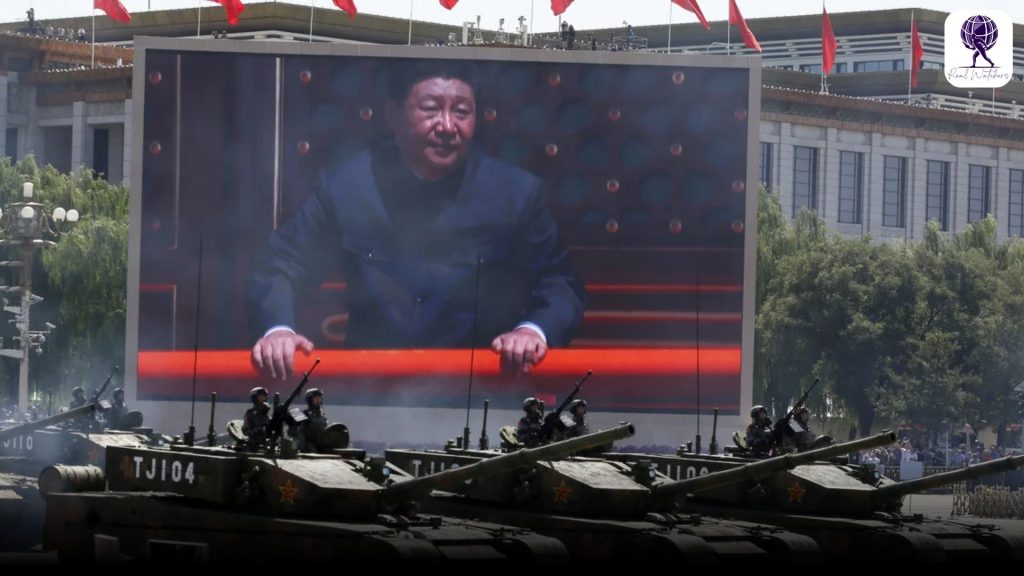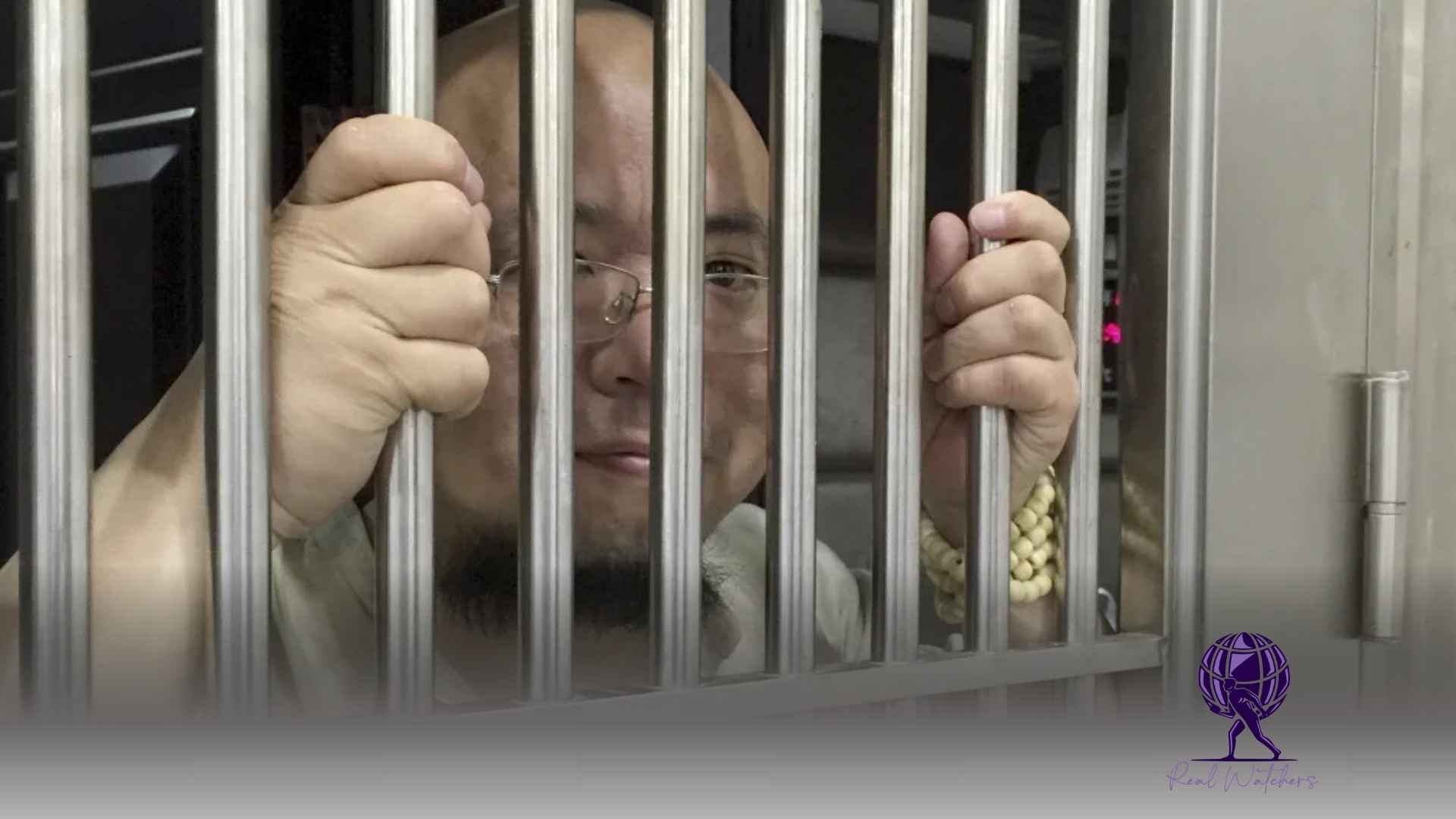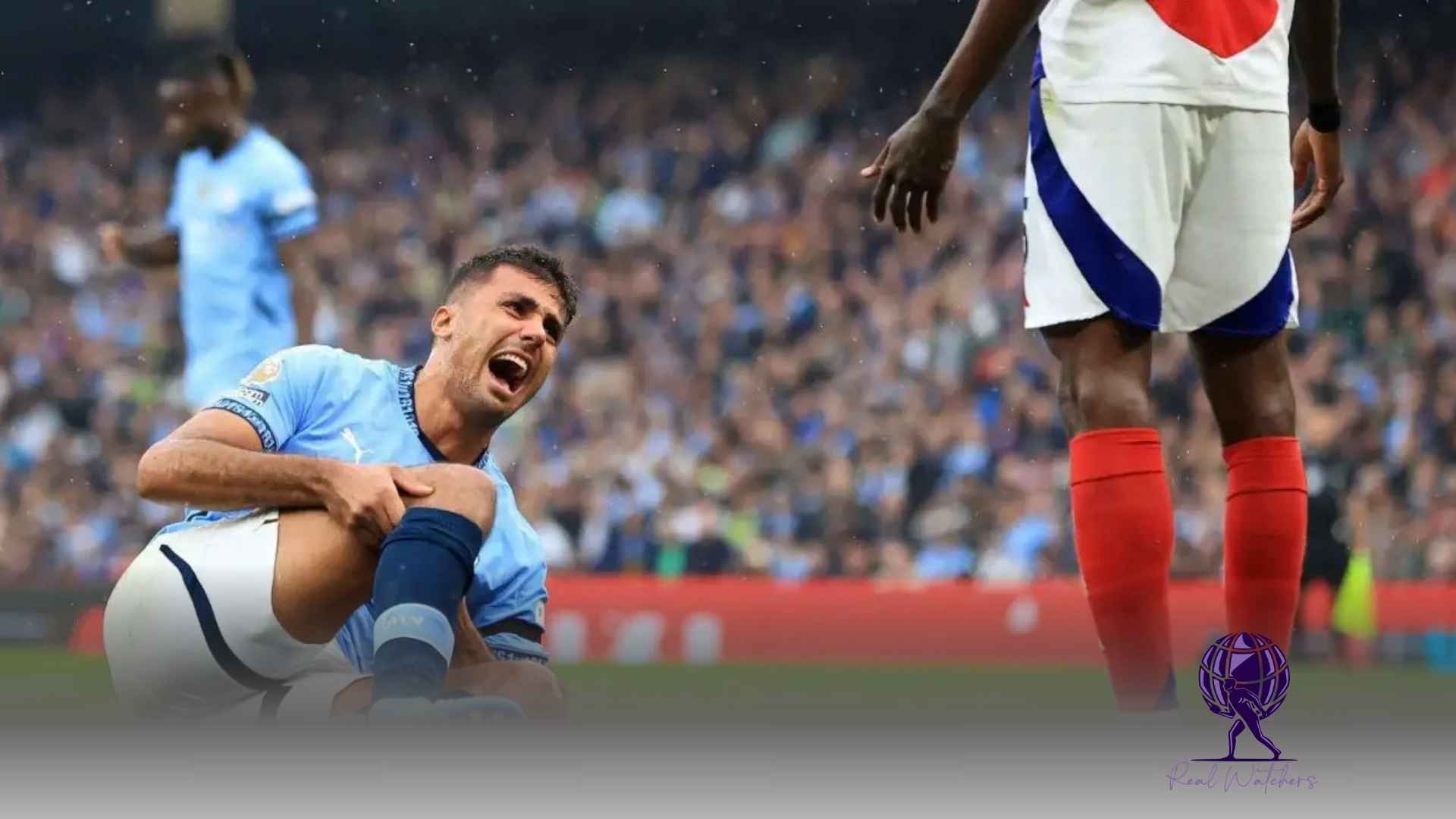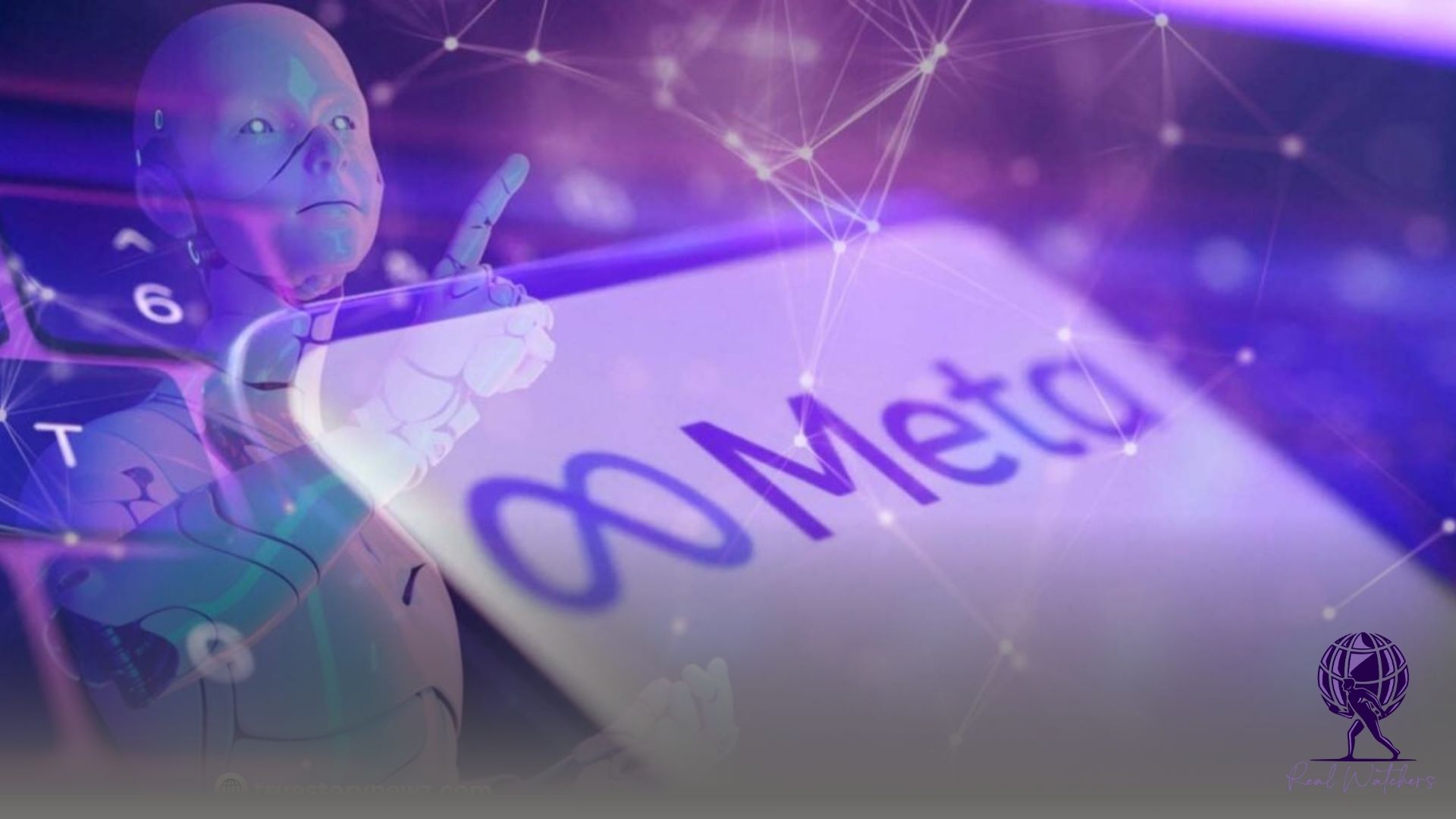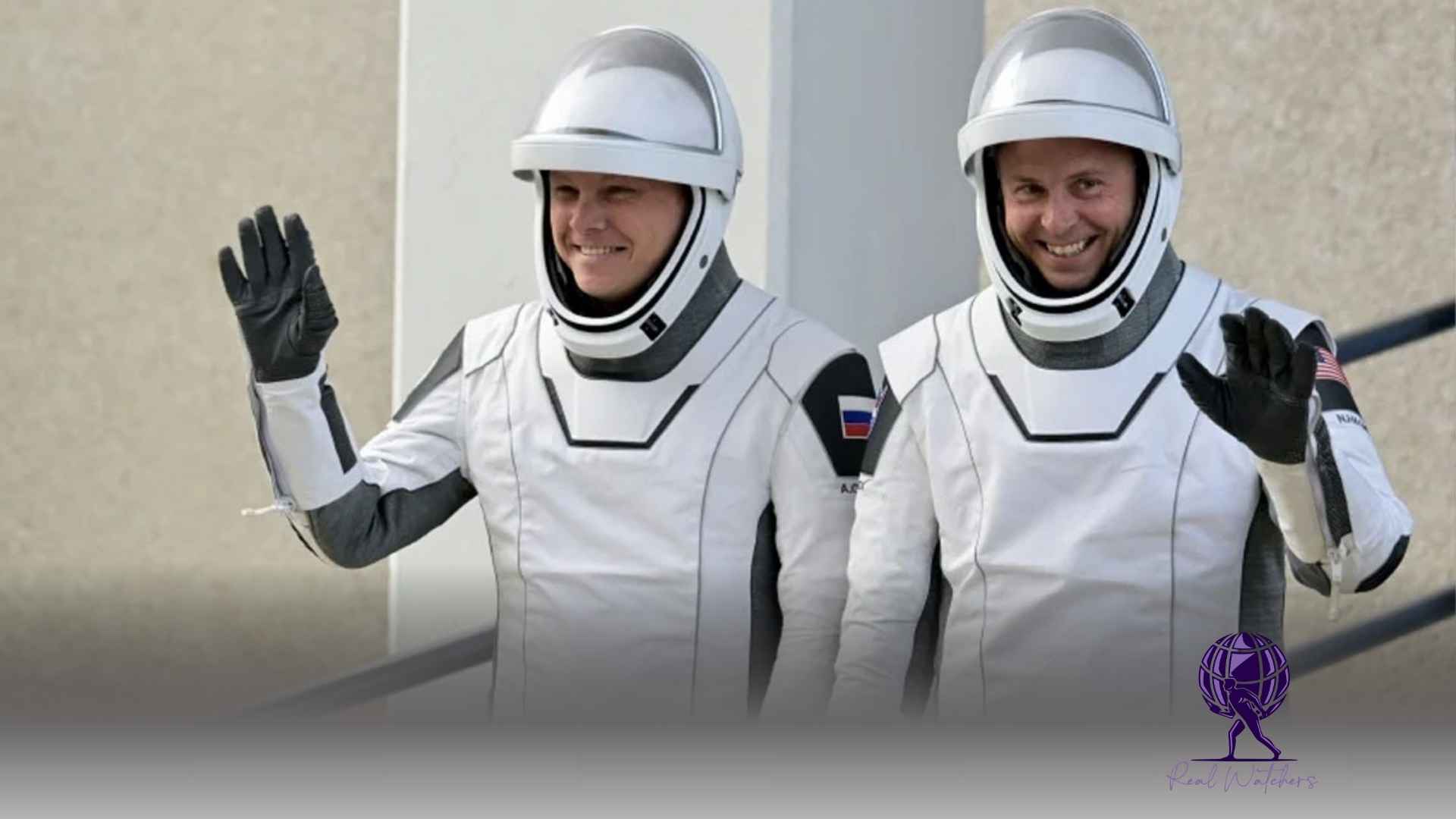In the heart of Beijing, preparations are underway for a significant exhibition of power and military strength, meticulously orchestrated by President Xi Jinping.
Eight large Chinese flags wave proudly alongside the portrait of Mao Zedong, the architect of Communist China, prominently displayed atop the Gate of Heavenly Peace. This iconic structure overlooks Tiananmen Square, recognised as one of the largest public squares globally.
Rows of seats have been designated for 26 foreign heads of state, among them Russia’s Vladimir Putin and North Korea’s Kim Jong Un, marking a significant diplomatic achievement for Xi.
Situated across the road from the Great Hall of the People, two grand floral displays stand as a tribute to the conclusion of World War II, flanking seating designed for approximately 50,000 guests.
As preparations reached their final stages on Monday, Chang’an Avenue, the expansive thoroughfare that traverses the square, reopened to the public. Motorists and cyclists raised their phones high, striving to document the unfolding scene.
The parade is presented as a commemoration of 80 years since Japan’s surrender in the war, alongside China’s triumph over an occupying force. However, for President Xi, the implications extend far beyond that.
This week marks a significant milestone for him, featuring several notable firsts. Indian Prime Minister Narendra Modi was lured to China over the weekend for his first visit in seven years, marking a significant revival of a crucial economic and strategic partnership.
The recently concluded Shanghai Cooperation Organisation (SCO) summit saw the attendance of over 20 world leaders, marking the largest gathering in the event’s history.
A North Korean leader is set to make a historic appearance at a Chinese military parade, marking the first such attendance since 1959.
The Chinese leader is currently in the limelight.
The SCO summit in Tianjin has provided him with a platform to assert influence and present a vision for a new world order, one that he aims to position as a counter to the United States. The upcoming parade in Beijing is set to highlight the nation’s expanding capabilities, positioning it as a formidable competitor to the United States in potential conflicts.
Leaders from Iran, Malaysia, Myanmar, Mongolia, Indonesia, Zimbabwe, and various Central Asian nations are set to observe meticulously arranged troop formations. They will also have the opportunity to view what officials describe as cutting-edge hypersonic weapons and unmanned underwater drones. Only leaders from Serbia and Slovakia represent the West on the guest list.
Kim Jong Un’s attendance comes as a surprise, with the announcement made just at the end of last week. His arrival via armoured train, accompanied by a motorcade and a contingent of bodyguards, is set to enhance the event’s spectacle.
Xi is anticipated to be joined by both Kim and Putin, a development that is likely to prompt Western headlines and analysts to characterise them as the “axis of upheaval.”
The parade serves not only as a demonstration of China’s power and Xi’s standing on the global stage but also conveys a distinct domestic message centred on pride and patriotism.
China characterises World War II as the “people’s war of resistance against Japanese aggression.” However, it is essential to note that a significant portion of this resistance was not led by the Communist Party, but rather by the nationalists, who ultimately lost the civil war to Mao and his forces. This aspect of history has largely been erased from collective memory.
As the anniversary approaches, a number of films have emerged that portray this struggle, with several achieving notable success at the box office. State media have been releasing reports aimed at promoting an accurate understanding of World War II history.
The campaign has sparked tensions with Japan. In a significant diplomatic move, Beijing formally protested to Tokyo last week regarding allegations that Japan had requested European and Asian nations to refrain from attending the upcoming parade.
This situation serves as a rallying call for the nation, as China grapples with a sluggish economy, rising youth unemployment, and declining house prices. Recent data indicate that weak demand is impacting factory output, with evidence pointing to the effects of Trump’s tariffs. The ongoing “anti-corruption” initiative is making headlines, as investigations into high-ranking officials are underway.
Discontent and disillusionment are palpable, particularly among the youth, and this sentiment has permeated even the tightly regulated Chinese internet.
The apprehension that this situation might extend into the real world is a significant factor behind the heightened preparations, which serve as a testament to the Party’s authority over a capital city with a population exceeding 21 million. As the parade approaches, the city has begun to experience a noticeable decline in noise levels.
Some office entrances have seen the installation of airport security scanners. The use of drones has been prohibited, and international journalists have faced visits to their residences, with some receiving multiple check-ins to reinforce the directive.
Security personnel are now deployed around the clock at the entrances of overpasses and bridges to deter potential protests, with some officers donning military uniforms.
Three years prior, as the Party appointed Xi for an unprecedented third term, a protester displayed a banner from a prominent highway bridge, denouncing Xi and demanding his removal. He was removed without delay, and the circumstances surrounding his fate remain unclear.
However, that is a moment the Party is eager to avoid revisiting.
After months of meticulous planning and preparation, Communist Party officials are set to unveil their first military parade in six years. Over 200,000 flags have been installed throughout the capital city.
Floral arrangements symbolising China’s struggle against Japan are prominently displayed along major roads and roundabouts. A new city initiative, dubbed “lightscape,” aims to illuminate buildings in the business district.
Officials from the Parade Command Office have stated that “the overarching principle… is to avoid disturbing the public as much as possible”.
For residents of Beijing, the parade has significantly altered daily life.
The rumble of tanks reverberated through the streets during the weekly overnight rehearsals, while the sounds of marching resonated well beyond the designated parade route.
Residents in the vicinity of Chang’an Avenue, the thoroughfare leading to Tiananmen Square, have been instructed to refrain from using their balconies to maintain the confidentiality of the ongoing rehearsals.
In a significant move, schools, businesses, and hotels situated along the parade route will shut their doors for the next two days. Transport into and out of the city centre has been effectively paralysed due to multiple road diversions and subway line closures.
Securing a shared city bike, frequently regarded as the most efficient means of navigating Beijing, has become increasingly challenging. Typically, one can observe hundreds of individuals queued outside subway stations and along the sidewalks. Recently, city workers have been actively relocating them to a distance from the parade route. Hiring the one individual who remains is not a viable solution; without them, the bike remains stationary.
Reports have emerged indicating that China has deployed its air force to guarantee clear blue skies for the parade. The aircraft can influence weather patterns by employing cloud-seeding techniques, enabling it to induce rainfall one or two days prior, ensuring clear conditions follow.
While it remains uncertain whether this tactic has been employed in the current year, meteorologists are forecasting clear skies. Beijing officials are exercising caution as President Xi’s significant day approaches.

